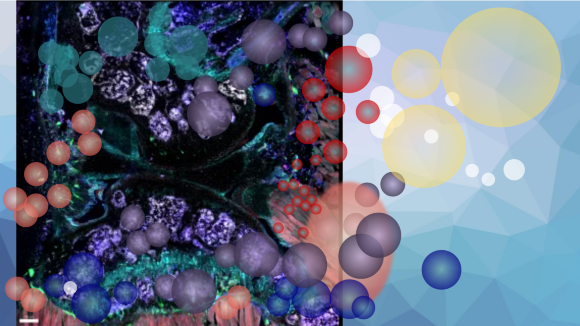Dr. Marco Fritzsche is the Scientific Director of the new Oxford-ZEISS Centre of Excellence and leads an interdisciplinary Biophysical Immunology Laboratory shared between the Rosalind Franklin Institute and the Kennedy Institute at the University of Oxford. His group aims to unravel the impact of biophysics and mechanobiology on the human immune response in health and disease. For this mission, the lab develops custom-built microscopy technology at the interface of biophysics and immunology. Dr. Fritzsche joined the editorial board of Communications Biology in 2018.
Dr. Natalie Elia is a Principal Investigator in the Department of Life Sciences and the National Institute for Biotechnology in the Negev (NIBN) at Ben Gurion University in Beer Sheva, Israel. Dr. Elia’s lab focuses on understanding the cellular functions and mechanisms of ESCRTs in a physiological context. As part of this research, the Elia team uses unique light microscopy systems to achieve the high spatial and temporal resolution needed for observing protein dynamics and macromolecular architecture in living cells. Dr. Elia joined the editorial board of Communications Biology in 2019.
Dr. Chao Zhou joined the editorial board of Communications Biology in 2020 and is currently the Section Lead for Bioengineering & Biotechnology. He has contributed to the development and validation of novel optical imaging and stimulation modalities for various biomedical applications ranging from basic research to clinical translation. His lab develops tools for label-free 3D imaging and characterization of biological samples in vitro (such as, tumor spheroids, tissue organoids) and in vivo ( eyes, skins, brains for instance), as well as optogenetic pacing technologies in model organisms, such as Drosophila melanogaster.
Dr. Periklis Pantazis’ laboratory of Advanced Optical Precision Imaging at Imperial College London conceives and applies cutting-edge imaging technologies, assays and reagents for the mechanistic dissecting of development, disease progression and tissue regeneration. Dr. Pantazis is also the Chair of the newly established Imperial College and LEICA Microsystems Imaging Hub and joined the editorial board of Communications Biology in 2020.

